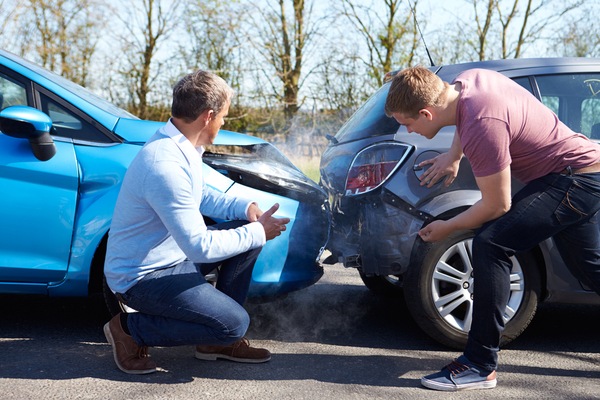
Auto insurance premiums can make up a sizable chunk of your monthly expenses. It’s only natural to consider dropping extra coverage for your vehicle. But sometimes, it’s necessary to have full coverage.
Before deciding whether you need full coverage, you need to know what it means. Full coverage includes comprehensive, collision, and liability insurance. Liability insurance isn’t optional, but comprehensive and collision coverage are.
Collision insurance covers the cost of repairs to your vehicle if you’re in an accident. Comprehensive coverage is useful for theft, vandalism, or natural disasters that damage your vehicle.
When is full coverage necessary?
If you don’t own your car, you probably can’t drop collision or comprehensive insurance. A lender always wants to insure their collateral. If you total the car, the lender doesn’t expect you to continue making payments. Instead, your auto insurance will reimburse them for the amount left on your loan.
If you owe more than the car is worth, you should also get gap insurance for the difference. Otherwise, you may owe the lender money even though you no longer have a car. The same situation applies to a leased vehicle.
If a friend or family member loaned you money to buy the car, and one of you has the title to the vehicle, there’s a chance you could drop full coverage. But for the sake of family relations or friendship, it’s best if you keep the vehicle fully insured.
Do you have enough money to pay for car repairs or buy a new car if your vehicle gets totaled? Without full coverage, you will be responsible for the cost of repairs or replacement when something unexpected happens.
Keep in mind that car repairs can be expensive, especially for newer high-end vehicles. From a financial perspective, it’s probably better to use your savings for long-term investments and still opt for full coverage of your car.
If the cost of car repairs exceeds the value of your car, insurance companies will consider it totaled. Instead of paying for repairs, you’ll just receive a check. If your car is only worth a few thousand dollars, a full coverage premium might not be worth it.
However, with used car prices increasing, your car may be worth more than you think, and your insurance will cover more repairs. And even if your car is totaled, the check will be bigger.
Dropping full coverage may not be the best solution in your case, but there are other things you can do to reduce your insurance premiums:
Increasing your deductible and taking advantage of multi-policy and safe-driver discounts are the easiest ways to reduce your premiums. Your policy may also include additional coverage you don’t need. For example, you may not need rental car insurance if you have multiple vehicles.
Now that you understand what it means to have full coverage and whether you need it, you can make the best decision for your situation. Remember, it’s not just about saving money on premiums; you must also consider the consequences of dropping your insurance coverage.
The above description(s) provide(s) a brief overview of the terms and phrases used within the insurance industry. These definitions are not applicable in all states or for all insurance and financial products. This is not an insurance contract. Other terms, conditions and exclusions apply. Please read your official policy for full details about coverages. These definitions do not alter or modify the terms of any insurance contract. If there is any conflict between these definitions and the provisions of the applicable insurance policy, the terms of the policy control.